Multidimensional aging assessment

01 Metabolic Aging
Nutritional sensing/metabolic disorders

02 Immunosenescence and inflammation
Immunosenescence and inflammation

03 Cell Aging
Telomere aging/senescent cell secretion
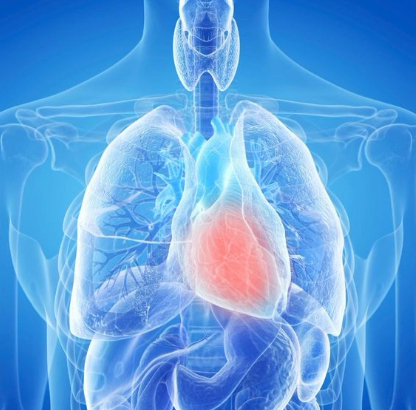
04 Organ Aging
Cardiovascular system/cognitive system/skeletal system
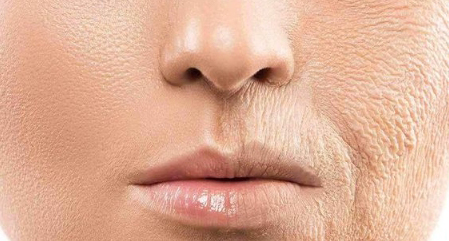
05 Phenotypic Aging
Longevity gene/longevity phenotype
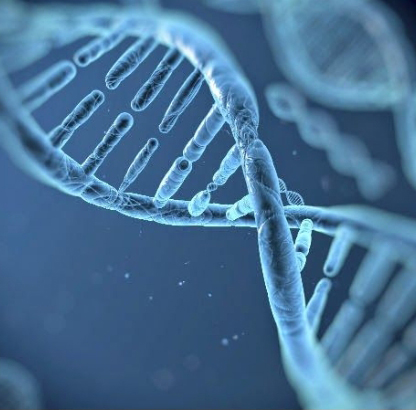
06 DNA methylation
Genomic DNA methylation and histone methylation
Aging Scoring Mechanism
Aging Scoring Mechanism usually refers to a scoring system designed to quantify and evaluate the aging degree of an organism or its tissues and cells, based on various markers, indicators and detection methods.

Biochemical indicators:
Such as certain enzymes, proteins or other molecules in the blood, these indicators will change during the aging process.
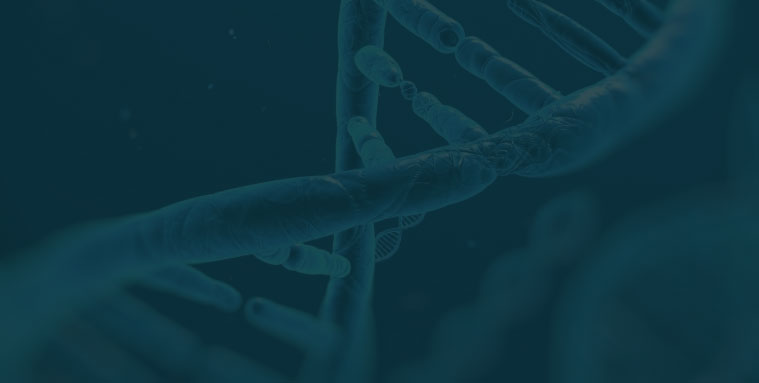
Gene markers:
Gene expression is related to aging. By analyzing the expression of these genes, the degree of aging of an individual can be assessed.

Cell functions:
For example, the ability of cells to divide, response to oxidative stress, etc.

Physiological and biochemical parameters:
For example, skin elasticity, memory ability, bone density, cholesterol levels.
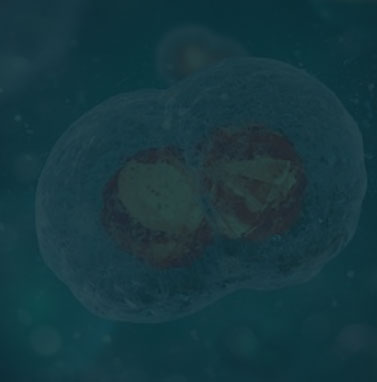
Morphological assessment:
For example, observing the morphological changes of cells through a microscope.

Imaging evaluation:
For example, imaging techniques such as MRI and CT can be used to observe the degree of organ degeneration.
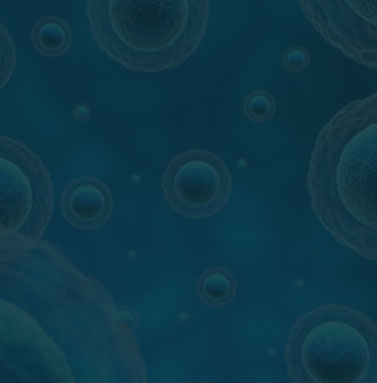
Clinical Assessment:
An assessment of an individual’s physical, cognitive, and motor functions.